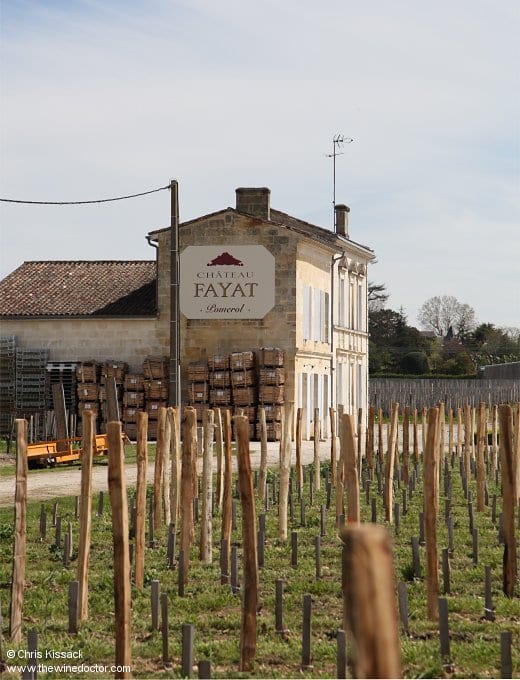Château Fayat
It can be tempting in a relatively small appellation, such as Pomerol, to kid yourself that you have pretty much ‘done’ it. You’ve tasted the greats, such as Petrus and Le Pin. You have thoroughly familiarised yourself with those pretenders to the crown, the numerous great domaines that cluster around the towering steeple of Pomerol’s église. And you’ve worked your way down the slope, tasting your way around the appellation until you get to those good value names that skirt the periphery of the gravelly and sandy terrace. And that’s it. Job done.
Of course, nothing could be further from the truth. Stick your nose into a tasting at the Pomerol syndicat and you will be confronted by a myriad bottles all proudly declaring their allegiance to the appellation on the label, all with very unfamiliar names. Even in Pomerol, the wine writer’s work is never done. And it is not just tiny domaines that can be overlooked. Château Fayat is a case in point. Created in 2009 from the union of three smaller domaines, this estate has 16 hectares of vines to its name, which is for this appellation an unusually expansive vineyard. In this profile I examine the story of how this domaine came to be, before going on to look at its vineyards and the wines.
The story begins with Clément Fayat, who like a number of the Pomerol appellation’s most famous names, arrived in the region after leaving his native Corrèze.

